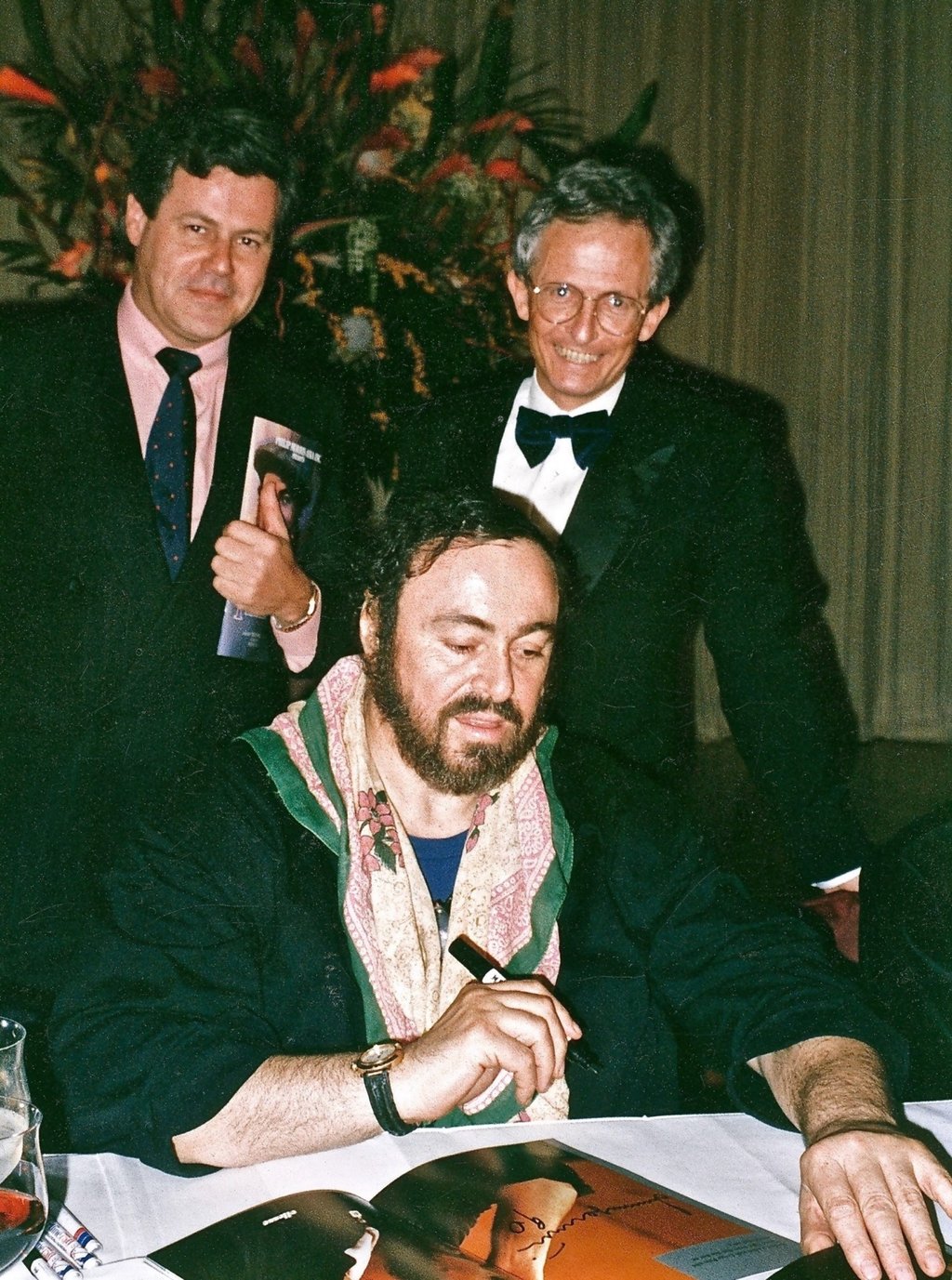How the Hong Kong Philharmonic Orchestra transformed for a new generation of classical music fans
Former general manager John Duffus, in his memoir Backstage in Hong Kong, recalls leading the orchestra into the 20th century, and working with Cantopop icons like Leslie Cheung and Anita Mui

As soon as it dawned on me that the vast majority of the Hong Kong Chinese community probably hadn’t the faintest idea what a Western symphony orchestra was, I realised our entire marketing strategy had been based on sand. There is no point trying to convince such a public of the merits of a Beethoven concerto or a Tchaikovsky symphony. We had to scrap all our preconceptions and get right back to basics.
We did that initially by trying to convey one simple message – symphonic music is fun. Come to a concert and you will be surprised at how much enjoyment you gain from it. For our third year of subscription concerts, I even stole an idea I had seen at one of the orchestras in the United States. Instead of covers with beautiful photos implying “high class”, we used the photograph which I specially commissioned of an ice-cream cone with several different coloured scoops. The sales pitch was simple: Experience The Unexpected. Until then I had not realised that taking photos of ice cream rarely worked. Under lights it starts to melt before the camera is ready. The photographer used coloured mashed potato instead!

It took the opening of two stadiums – the 12,000-seat Hong Kong Coliseum and the 3,300-seat Queen Elizabeth Stadium – before we could eventually get close to our goal. These required the programming of two different types of concert. One would be what we termed popular classics or pop music with a classical theme in a non-traditional venue. The Queen Elizabeth Stadium fitted the bill, even though it required amplification for the orchestra. Our concerts in that venue included a Tchaikovsky night and a programme of Mozart music from the popular 1984 film Amadeus. This we presented with the inclusion of actors wandering through the audience playing the roles of Mozart and Salieri and quoting parts of the Peter Shaffer play (Amadeus, which Shaffer later adapted for the film) which led up to the relevant musical excerpts. The actors spoke in Cantonese, with brief English summaries that flashed up on the scoreboards.
All such concerts sold out. A second tier of events was planned for the Coliseum with specially devised programmes that were more aggressively “pop”. I owe the concept of the Philharmonic becoming involved in popular music concerts to Selina Chow. With a career in television, she had started up her own entertainment company. In 1982, she persuaded us to perform in a short series of concerts in the QE Stadium with the very popular singer Michael Kwan. This presented problems aplenty but the concerts were a major success. My only request had been that the orchestra have a section when it could play on its own. So it performed John Williams’ Star Wars: Suite, to great audience approval.

With the Hong Kong Coliseum about to open in 1983, Selina arranged a test concert there with six local Cantopop singers including Michael Kwan, Liza Wang and Danny Chan. That success led to the Coliseum becoming the major venue for all manner of popular concerts.
